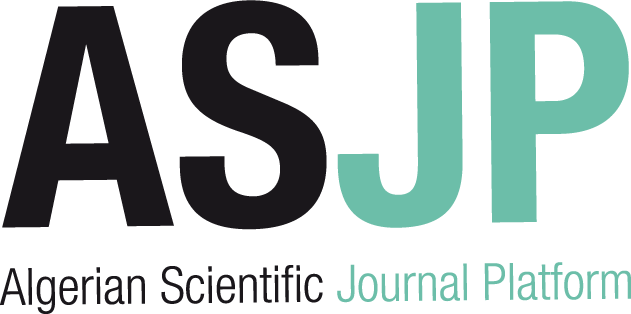[article]
| Titre : |
Optimal bundling of technological products with network externality |
| Type de document : |
texte imprimé |
| Auteurs : |
Ashutosh Prasad, Auteur ; R. Venkatesh, Auteur ; Vijay Mahajan, Auteur |
| Année de publication : |
2011 |
| Article en page(s) : |
pp. 2224-2236 |
| Note générale : |
Management |
| Langues : |
Anglais (eng) |
| Mots-clés : |
Bundling Network externality Pricing High technology |
| Index. décimale : |
658 Organisation des entreprises. Techniques du commerce |
| Résumé : |
For many high-tech and Internet-related products, utility to consumers depends in part on the size of the user base, a phenomenon called network externality. A firm with a portfolio of these and other products—that are often asymmetric in their degree of network externality or marginal cost—may have to look beyond the traditional strategies of pure components, pure bundling, and mixed bundling. One such strategic alternative in a two-product case would be a so-called mixed bundling-1 under which the bundle and product 1 are offered, but the other product can only be purchased in a bundled form. The purpose of this study is to compare and contrast the impact of such asymmetry or symmetry in (direct) network externality and cost on the choice of bundling strategies. We model a monopolist firm that has a product in each of two categories and faces heterogeneous consumers. Results suggest that pure bundling is more profitable when both products have low marginal costs or high network externality whereas pure components or mixed bundling-1 is more profitable when the products diverge in their costs and network externality (e.g., only one product has network externality). Traditional mixed bundling is optimal in other instances. |
| DEWEY : |
658 |
| ISSN : |
0025-1909 |
| En ligne : |
http://mansci.journal.informs.org/cgi/content/abstract/56/12/2224 |
in Management science > Vol. 56 N° 12 (Décembre 2010) . - pp. 2224-2236
[article] Optimal bundling of technological products with network externality [texte imprimé] / Ashutosh Prasad, Auteur ; R. Venkatesh, Auteur ; Vijay Mahajan, Auteur . - 2011 . - pp. 2224-2236. Management Langues : Anglais ( eng) in Management science > Vol. 56 N° 12 (Décembre 2010) . - pp. 2224-2236
| Mots-clés : |
Bundling Network externality Pricing High technology |
| Index. décimale : |
658 Organisation des entreprises. Techniques du commerce |
| Résumé : |
For many high-tech and Internet-related products, utility to consumers depends in part on the size of the user base, a phenomenon called network externality. A firm with a portfolio of these and other products—that are often asymmetric in their degree of network externality or marginal cost—may have to look beyond the traditional strategies of pure components, pure bundling, and mixed bundling. One such strategic alternative in a two-product case would be a so-called mixed bundling-1 under which the bundle and product 1 are offered, but the other product can only be purchased in a bundled form. The purpose of this study is to compare and contrast the impact of such asymmetry or symmetry in (direct) network externality and cost on the choice of bundling strategies. We model a monopolist firm that has a product in each of two categories and faces heterogeneous consumers. Results suggest that pure bundling is more profitable when both products have low marginal costs or high network externality whereas pure components or mixed bundling-1 is more profitable when the products diverge in their costs and network externality (e.g., only one product has network externality). Traditional mixed bundling is optimal in other instances. |
| DEWEY : |
658 |
| ISSN : |
0025-1909 |
| En ligne : |
http://mansci.journal.informs.org/cgi/content/abstract/56/12/2224 |
|


 Ajouter le résultat dans votre panier Faire une suggestion Affiner la recherche
Ajouter le résultat dans votre panier Faire une suggestion Affiner la rechercheOptimal bundling of technological products with network externality / Ashutosh Prasad in Management science, Vol. 56 N° 12 (Décembre 2010)











